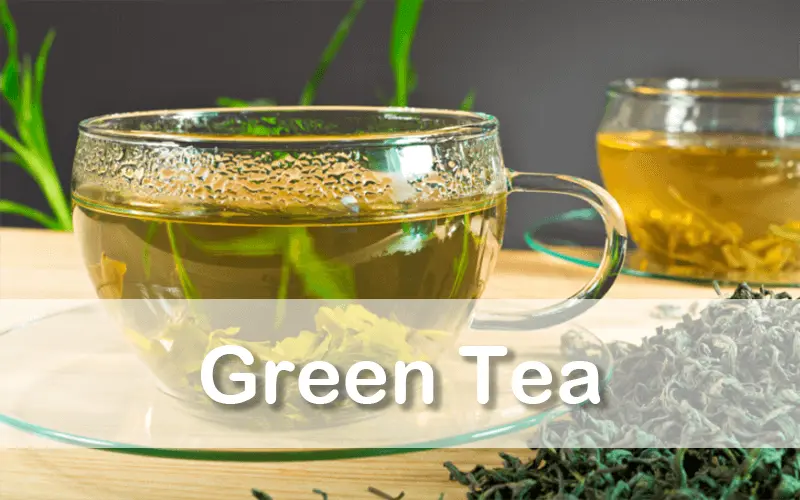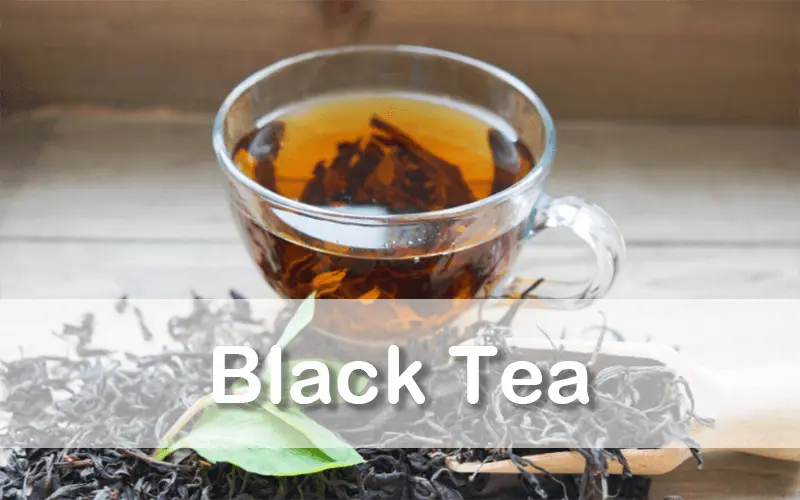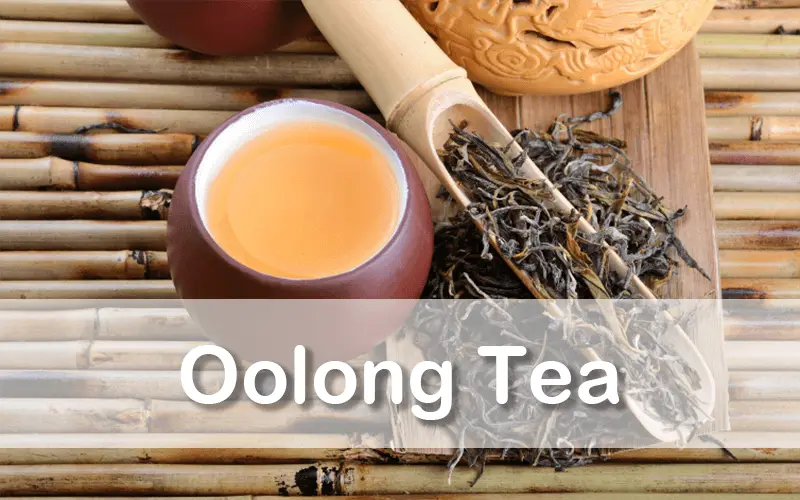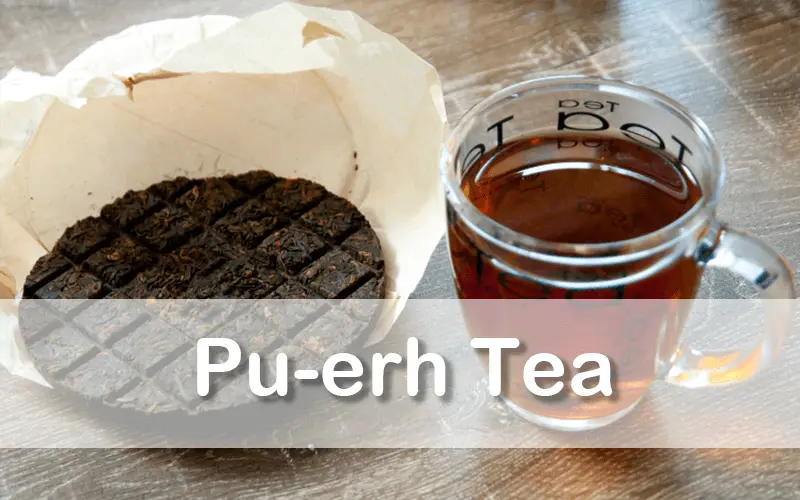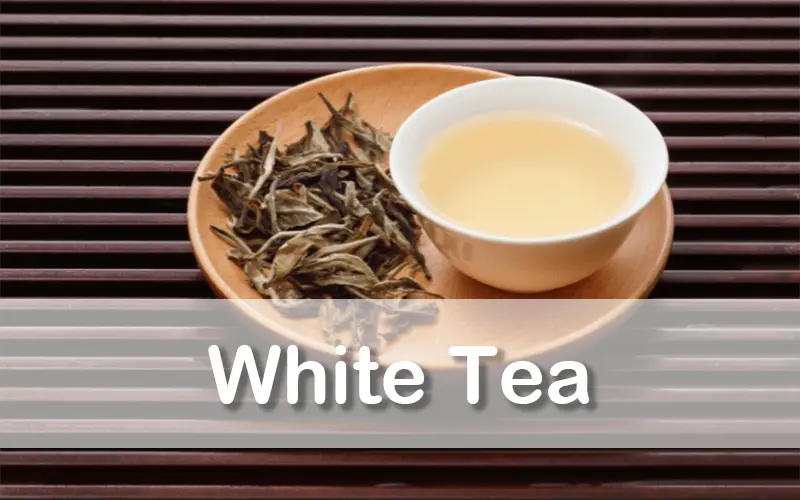
Longjing tea derives its name from Longjing, a district in the West Lake area of Hangzhou, Zhejiang Province, China.
It is one of the top 10 famous teas in China and also a geographical indication product of China. It belongs to green tea.
They manufactured in central Zhejiang Province in China. It has three production areas: West Lake, Qiantang (Hangzhou city), and Yuezhou (Shaoxing city).

But, even though Longjing tea is famous, some tea lovers don’t know:
- Why their brewed tea tastes bitter?
- Why don’t the tea leaves sink when brewing West Lake Longjing?
- Why does it lack fragrance and taste?
If you’ve been to Chinese teahouses, you must have noticed 4 important features about Long jing dragon well tea. Include “green color, nice smell, sweet taste, and pretty look.” But how can we steeping a same one?
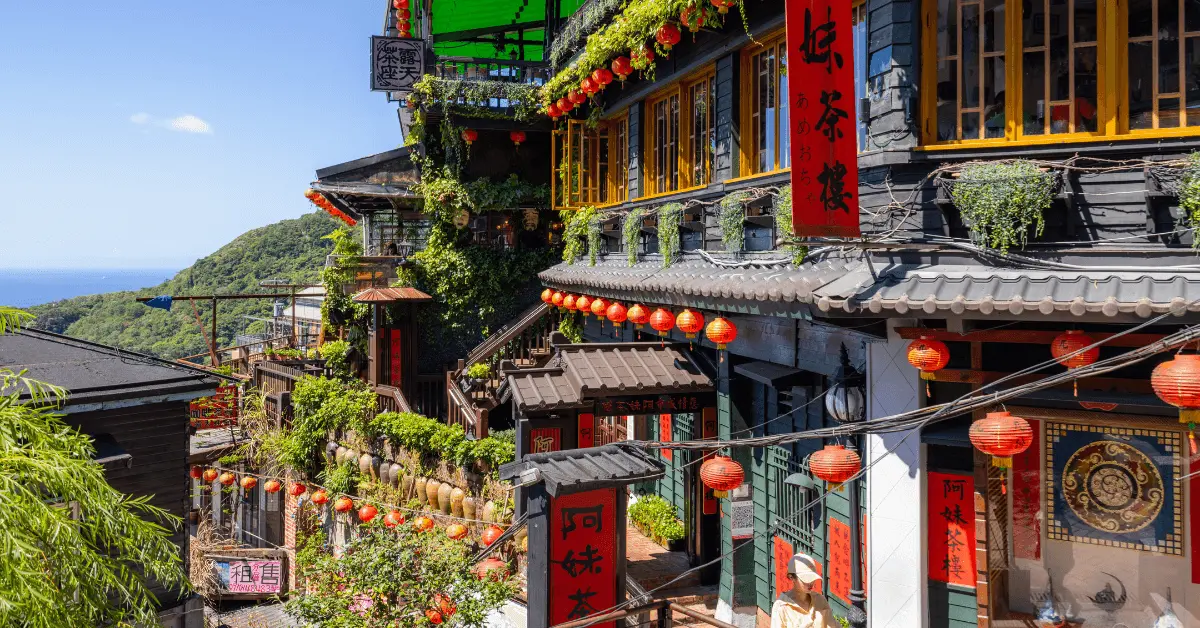
I believe that most people who have come across similar articles have also tried some methods recommended by other bloggers. This is a good attempt.
Today, please be patient with yourself and your tea. I will share new tips for beginners and for experienced, to make a perfectly balanced cup of dragon well tea. Just like in a teahouse. Let’s explore together.
Summary of Key Points for Brewing Longjing Tea
To brew Longjing tea, you need to know some basic key points, just like when you study a certain topic.
How much water do you put in Longjing tea?
- The ratio of tea to water is 1:50, which means that 1g of tea needs 50ml of water.
- Generally, experts recommend using 4-5g of tea with 250ml of water.
- Because most glass cups at home are around 250-300ml in size, making it more suitable for brewing with 4-5g of tea.
Steeping
- For steeping, leave 1/3 of the water after each infusion and add more water for the next brewing.
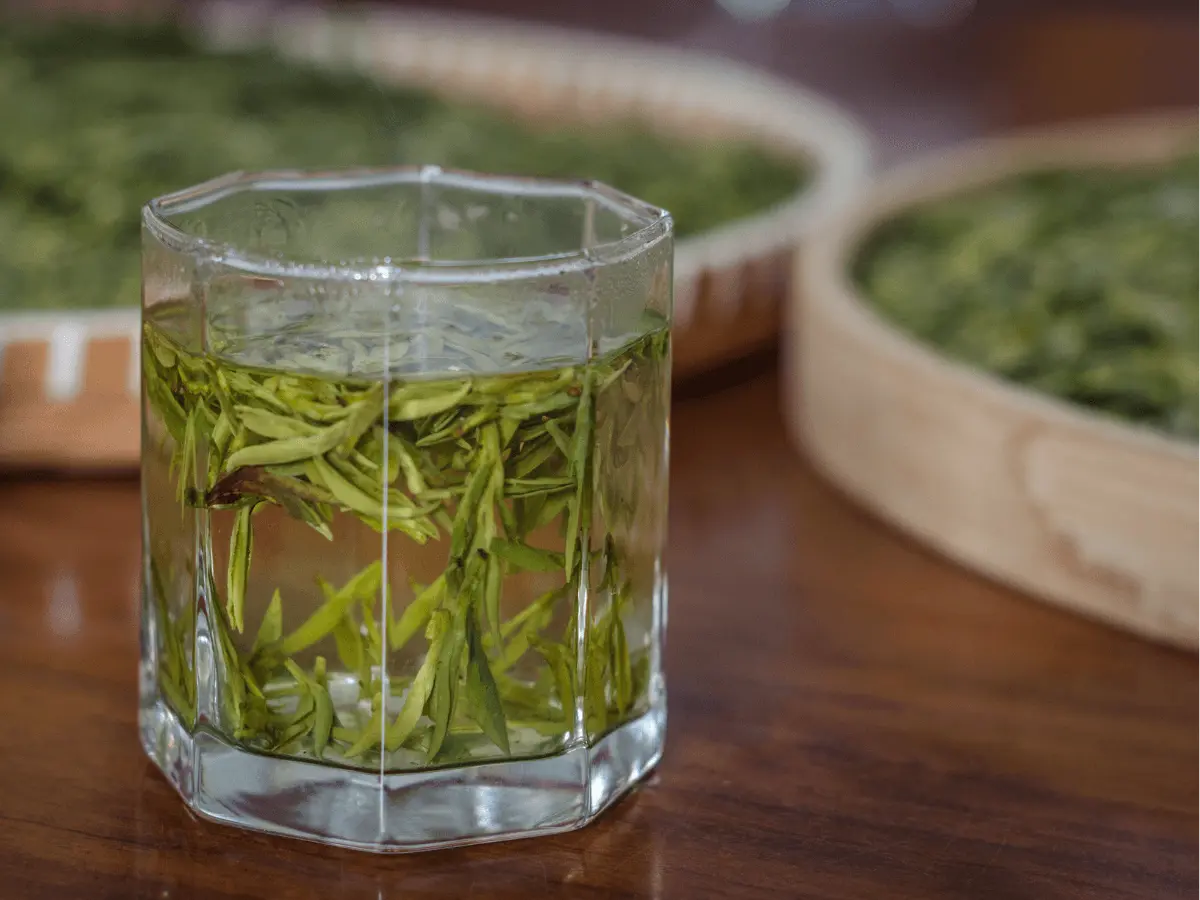
How many times can you brew Longjing?
- Different types of teas:
- Blended varieties: can be brewed for about 6-7 times.
- Longjing #43: recommended brewed for about 3 times, maximum up to 4 times.
- Picked from differnet seasons:
- Early Ching Ming Festival picked: can be brewed for about 2-3 times.
- After Ching Ming Festival picked: can be brewed for about 3-5 times.
- Pre-rain Longjing: can be brewed more than 5 times.
Temperature of Water

- You should use water temperature between 85-90℃ (185-194℉), making sure not to exceed 90℃ (194℉) or go below 80℃ (176℉).
- 100℃ (212℉) boiled water left for 3-4 minutes will comes to the needed temperature.
How long do you steep Longjing tea?
I usually steep for 100-120s, and you can extend to 60-180s. If you don’t steep the tea long enough, it will have little flavor and be too hot. Conversely, steeping for too long may lead to a bitter taste in the tea infusion.
To find the best steeping time for Dragon Well tea, use this method based on my experience. Steep the tea for 100-120s and change the time according to your liking.
Best Tea Water Suggested
If you’re in China, I suggest using Hupao Spring Water or local soft mineral water from Jiangsu and Zhejiang regions. If you are abroad, try choosing bottled waters labeled as “mineral water” if possible.
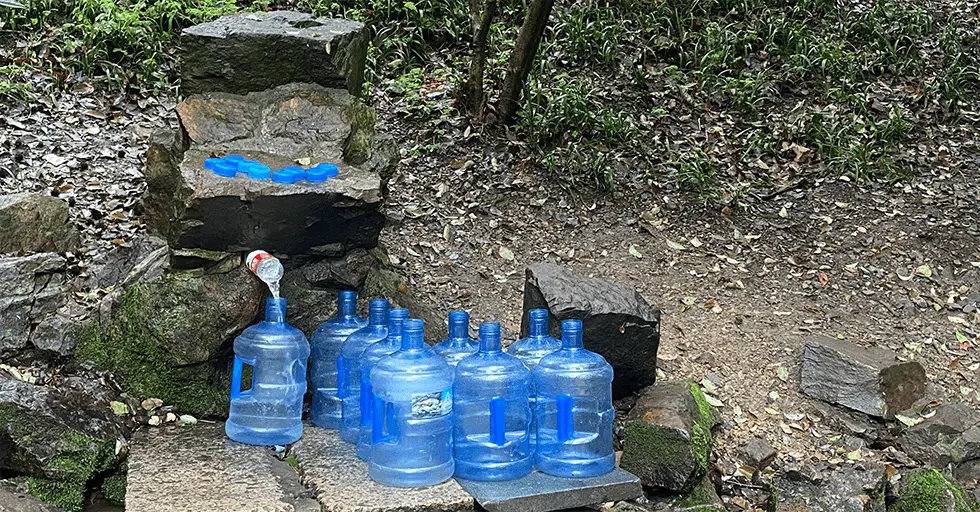
If you only have tap water, boil it and let it cool down. This will make any extra minerals and trace elements settle at the bottom. Then carefully pour out the clearwater without mixing any sediment into it before boiling again for brewing purposes.
Here’s an article specifically introducing the best type of water for making tea.
water pouring Methods
- Sliding: Slowly pour water along the inner wall of the cup without directly touching the tealeaves.
- Lifting: Lift the teapot up and down 3 times to pour in the needed amount of water.
- Rotating: Pour water along the inner wall of the cup and gradually rotate towards the center.
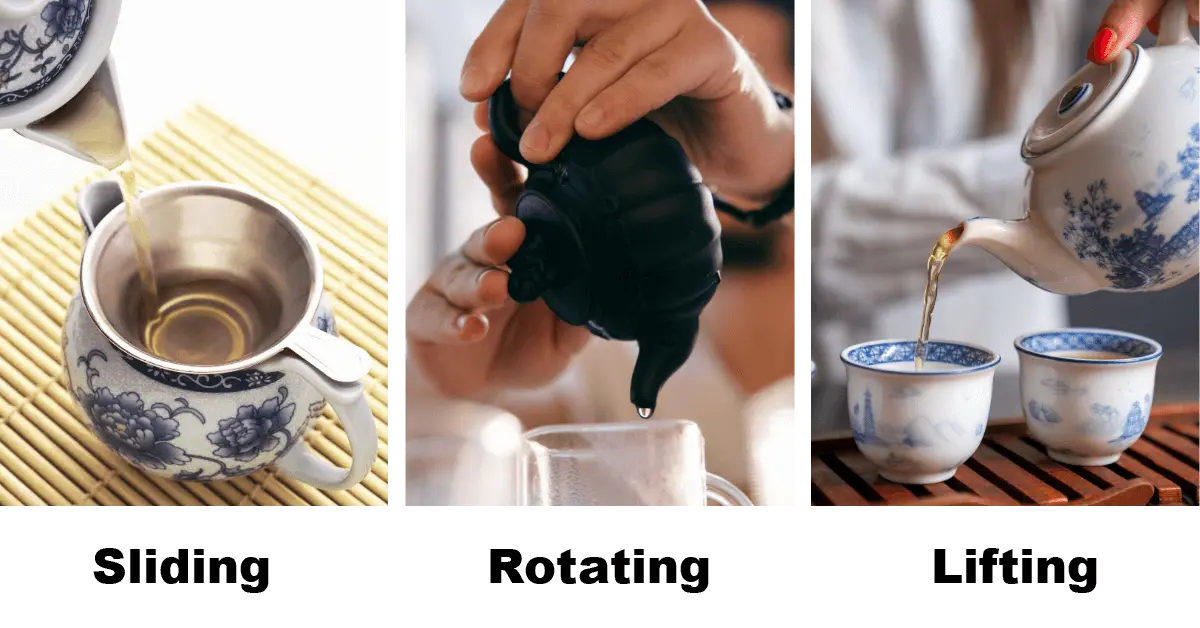
Teaware Preprocessing
- The Chinese name for it is “温杯烫盏” (wēn bēi tàng zhǎn). Means you should scald the teaware with boiling water before brewing. Then, put the tea leaves into the covered bowl or teapot.
- Warming and scalding cups cleans and disinfects teaware. It also raises the container’s temperature before brewing, making the tea smell better.

5 Ways for Brewing Longjing Tea
I have 5 brewing methods for you. 2 are good for beginners, and 3 are better for experienced enthusiasts. And hope this will be helpful for you to enjoy your tea even better.
Upper Pouring (Beginners)
Key points: Fill the container with water, then add tea leaves.
Steps:
- Prepare a 300ml glass cup. Add 100ml of boiling water at 100℃ (212℉). Rotate the cup to make sure the water spreads evenly.
- After pouring out the warm water from the cup, pour in 250ml of water at around 85-90℃ (185-194℉). Don’t need to worry about how you poured the water in for the first time, just pour it directly.
- Add 4-5g Longjing tea.
- Wait for the Longjing tea leaves to sink and the tea soup to become bright. After 3-4 minutes, you can enjoy your first Longjing tea.
- When there is only about 1/3 of tea soup left, use a sliding method to add water for the second infusion. Slowly pour along the inner wall of the cup without directly touching the tea leaves with water.
- According to your quality of tea leaves and previous mentioned brewing times recommendation, follow the step 5 by adding hot water.
Middle Pouring
Key points: Half-filled water into the container, add tea leaves, and then fill it with water.
Steps:
- Prepare a glass cup about 300ml capacity. Add 100ml of boiling water at 100℃ (212℉). Rotate the cup to make sure the water spreads evenly.
- After pouring out the warm water from the cup, pour in another 100ml of water at around 85-90℃ (185-194℉). Just pour it directly.
- According to the ratio, add 4-5g of Longjing tea.
- Shake the tea cup gently a few times. Then, bring your nose close to it and smell its fragrance.
- Continue pouring hot water using sliding method, about 150ml, so that the total amount of water is still around 250ml.
- Wait for the Longjing tea leaves to slowly sink until the tea soup becomes bright and clear. This usually takes about 1-2 minutes. Then you can enjoy your first infusion of Longjing tea.
- To make the second infusion, use the sliding method when there is only about 1/3 of the tea soup left. Pour hot water into the tea using this method. The number of infusions depends on both quality of tea leaves and previous brewing cycles mentioned earlier.
Lower Pouring (Beginners)
Key points: Put the tea leaves into the container and then water.
Steps:
- Prepare a glass cup with a capacity of 300ml. Pour in 100ml of boiling water at 100℃ (212℉). Pick up the cup and rotate it, allowing the water to reach every corner of the cup.
- Pour out warm water from cup. Add 4-5g Longjing tea and 250ml 85-90℃ (185-194℉) water according to ratio.
- Wait for the Longjing tea leaves to sink slowly. Usually takes 2-3 minutes and the tea will become clear and bright. Then you can enjoy your first infusion.
- When there’s only 1/3 of the tea left, add hot water using a sliding method for a second infusion. The number of times you add hot water depends on the quality of your tea leaves.
Brewing Dragon Well Tea with Gaiwan
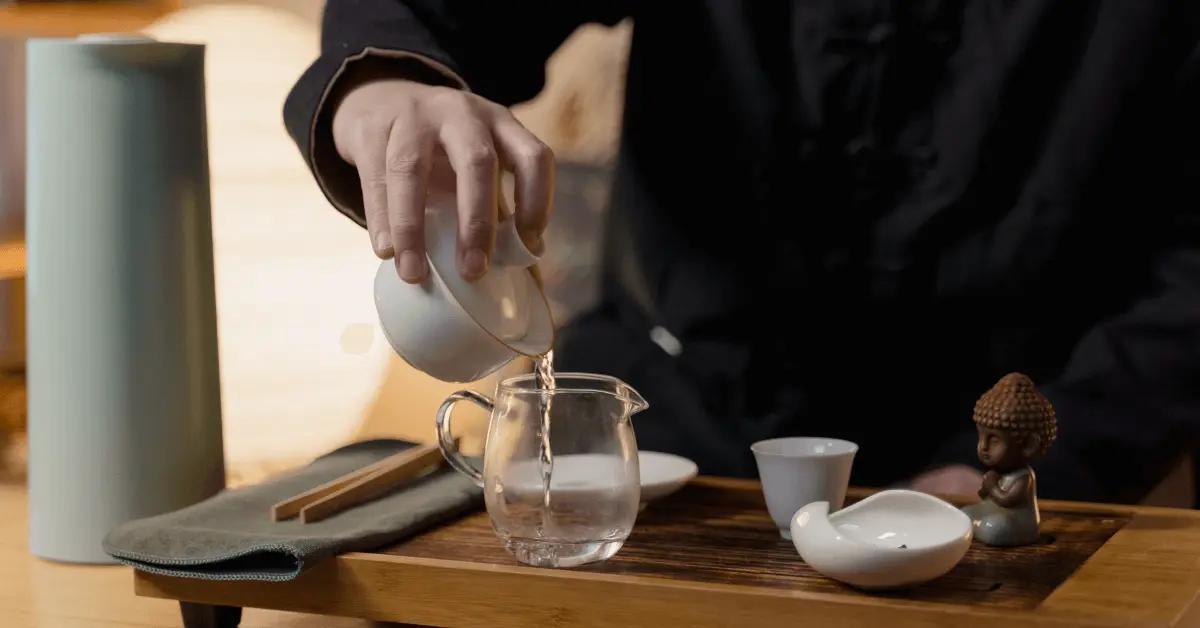
- Prepare a Gaiwan and several fair cups, pour in 100℃ (212℉) boiling water for rinsing, then pour out.
- Add 2-3g of Longjing tea to the Gaiwan. Shake it 5-8 times, then slightly open it to smell the tea’s aroma.
- Use the sliding cup method to pour a small amount of 85-90℃ (185-194℉) water into it. Cover the bowl and gently shake it to fully moisten the tea leaves.
- Pour 85-90℃ (185-194℉) water into the Gaiwan using the lifting method until desired amount. Try with cover on and off for different tastes.
- Wait for 2-3 minutes, open a small opening in the lid of the Gaiwan, pour into fair cups separately, and enjoy.
- For subsequent infusions, please pay attention to using the sliding cup method. The number of brews also depends on the quality of Longjing tea.
Traditional Way to Brewing Longjing
- Prepare a large porcelain bowl, a porcelain spoon, and several fair cups. Pour in 100℃ (212℉) boiling water to rinse and pour out.
- Add 8-10g of Longjing tea to a bowl. Pour in 200ml of 85-90℃ (185-194℉) water while swirling.
- Wait for 45-80 seconds, then using the sliding method to pour in about 300ml of water.
- Wait for 2-3 minutes, use the porcelain spoon to transfer the tea soup into the fair cup, then enjoy.
- For subsequent infusions, continue using the sliding cup method. The number of brews depends on the quality of the tea leaves.
Standing Time
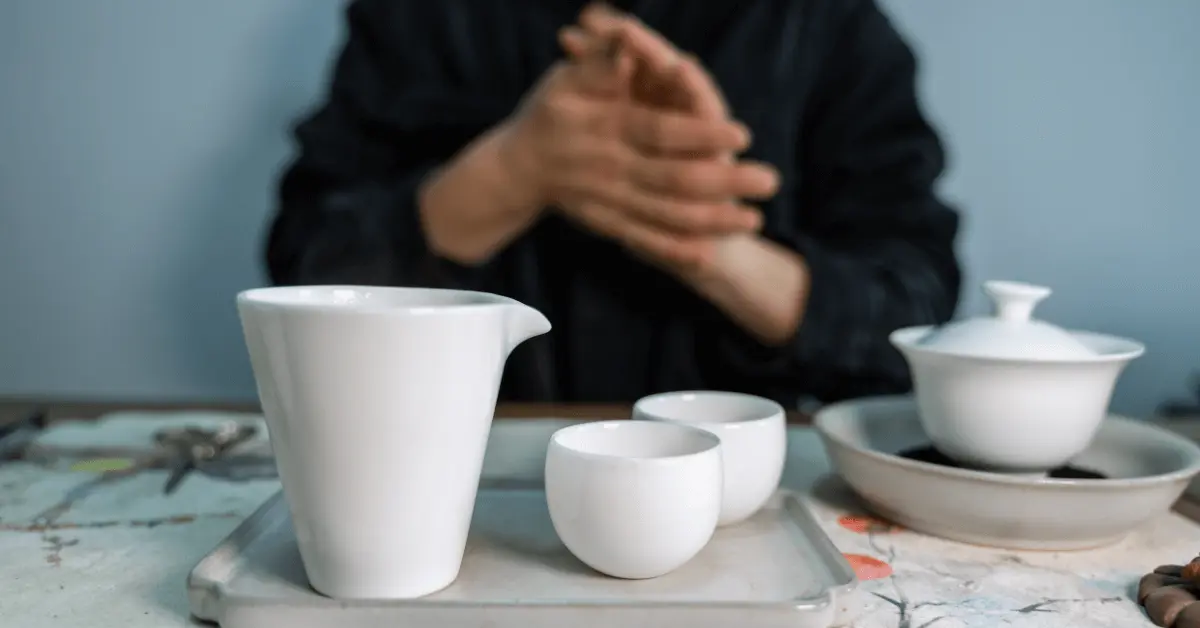
In Chinese, people call the standing time for brewing tea “坐杯” (zuò bēi).
Standing time is one of the factors that affect the strength and flavor of the tea.
For black and oolong tea, no need to wait for the first brew. But for green tea, it’s better to wait a few minutes before drinking. As for subsequent infusions, you can gradually increase the standing time with each infusion.
The quality and storage conditions of Longjing tea can vary. Therefore, the suggested standing times above are personal recommendations. These recommendations may differ in reality.
Nevertheless, the taste of the brewed tea mainly depends on personal preference.
If you feel that the taste is too strong or slightly bitter, you can reduce the standing time accordingly. On the other hand, if you find that the taste is too weak or diluted, you can increase the standing time.
By following this method, it should help resolve any issues regarding imperfect taste of your brewed tea.
How do you store Longjing tea?
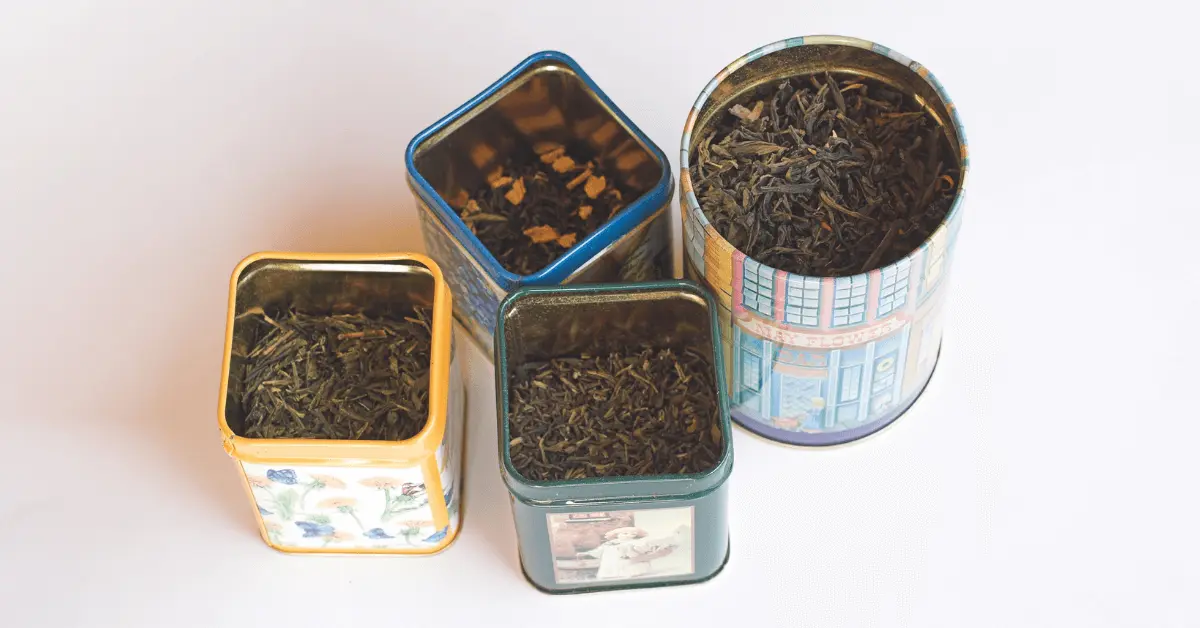
Longjing tea is best drunk freshly brewed. If you can’t drink all, you should store it correctly.
Store your tea for up to 2 weeks in a sealed bag or container at room temperature. Avoid refrigerating it.
You can keep the tea that you plan to drink within 3 months refrigerated. And freeze the tea that you plan to drink 6 months or longer later.
Do not take the tea in and out of the fridge frequently, as temperature fluctuations can cause the spoilage.
After opening, you should tightly seal the tea going into the refrigerator or freezer, ideally double-sealing it.
- First in an airtight bag.
- Then placed into an airtight container before storing in the cold environment.
- This prevents exposure to moisture and preserves freshness.
Example
- Lily bought 12 packs of Longjing tea planed to drink for 12 month.
- She plans to keep 1 pack on the kitchen table for daily drinking. She will store this pack in a sealed bag after opening. There’s no need to refrigerate the tea she will drink right away.
- Lily will store 3 packs in the refrigerator. She will take out 1 pack each in the 2nd, 3rd, and 4th months of the year.
- The remaining 8 packs will go in the freezer. In month 4, she will move 1 pack from the freezer to the fridge to defrost and consume in month 5.
- Lily moves the frozen packs to the fridge a day before she wants to drink them. This allows them to thaw in time.
Conclusion
Now, you know 5 ways to make Longjing tea and how steeping time and storage affect brewing.
I don’t know about you, but when I first learned this, I couldn’t wait to try them all out myself!
Emm… I didn’t mention one trendy approach lately – cold brewing. Perhaps in the future, after researching some unique cold brewing techniques, I’ll share more with you all.
If you have any brewing tips, please comment and I’ll respond publicly to keep the conversation going. That way, we can all exchange ideas and learn from each other.


